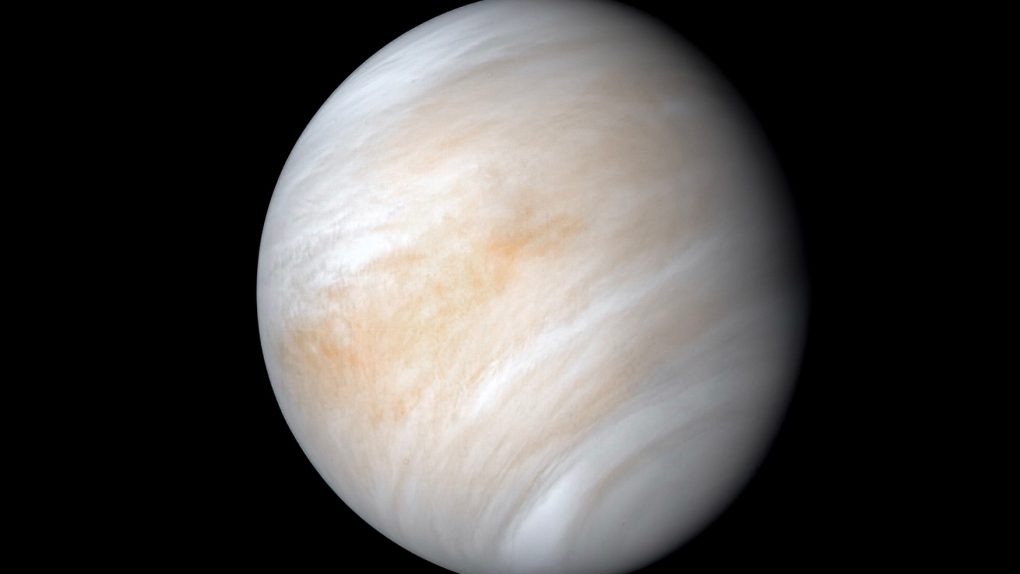- Findings of what was thought to be phosphine in the atmosphere of Venus sparked debate over the possibility of life existing on the harsh planet.
- Now, a new research report offers an explanation that doesn’t hinge on the presence of phosphine and may shoot down the entire theory that life exists on or around Venus.
- The study, which was published in Astrophysical Journal Letters, suggests that what scientists are actually seeing in Venus’s atmosphere is simply sulfur dioxide, which is known to be common on Venus and would not indicate the presence of life.
The year 2020 was filled with a lot of terrible stuff, but one seemingly bright spot in the world of science came when scientists announced the discovery of what they thought was phosphine in the atmosphere of the planet Venus. Phosphine in the atmosphere could be a sign of biological processes taking place, and since the surface of Venus is little more than a toxic hellscape, it was thought that there might be airborne organisms around the planet, which would be the first discovery of extraterrestrial life ever made.
Now, after several months of additional research, it’s looking increasingly likely that what the scientists thought they saw in the atmosphere of Venus wasn’t actually Phosphine at all. The work, which appears in two papers published in Astrophysical Journal Letters, could be the ultimate death blow to the theory of life on Venus.
The researchers in this latest study examined the data that was used to make the initial claim that phosphine may be present in the atmosphere of Venus. Unfortunately, the team couldn’t actually find a clear spectral signature of the gas in the data, which already threw the claim into serious doubt.
Then, after further studying the behavior of gasses in the atmosphere of Venus, the team concluded that what the scientists probably saw was just sulfur dioxide, which is a common gas around Venus and would not indicate the possible presence of life. That’s obviously a huge bummer, as it means that anyone dreaming of the discovery of the first extraterrestrial life will need to wait a while longer.
Many in the scientific community were already hesitant to believe that phosphine could possibly be present in the atmosphere of Venus. Because phosphine would deteriorate quickly in the atmosphere, the presence of a significant amount of the gas would mean that there is something actively generating it. One of the theories suggested that biological processes happening high above the surface of Venus was responsible, but that myth appears to now be well and truly busted.
So, there’s probably no life on Venus, but that doesn’t mean that extraterrestrial life is absent from our entire solar system. Astronomers believe that there’s still a possibility that life in some form exists on the water-rich moons of Jupiter and Saturn, and perhaps even around Uranus.








